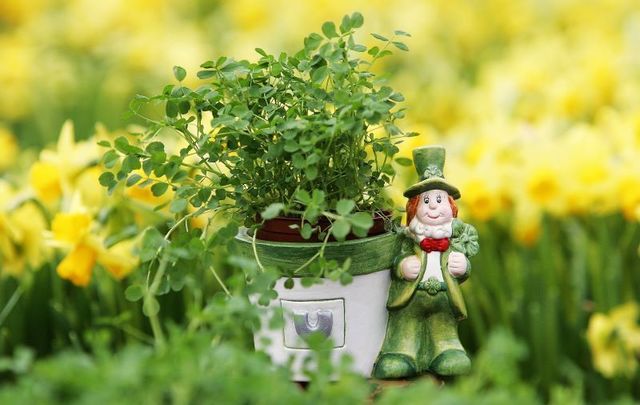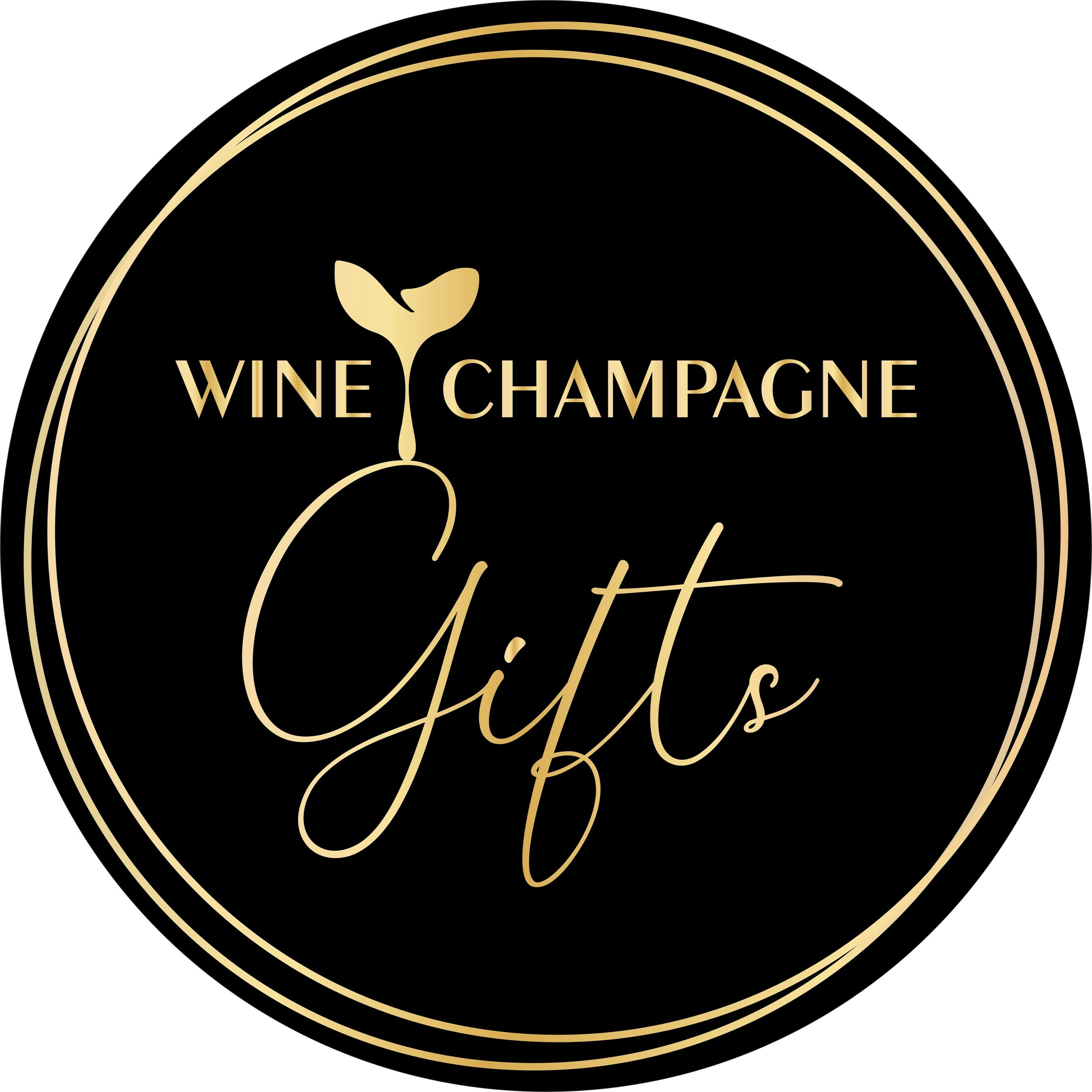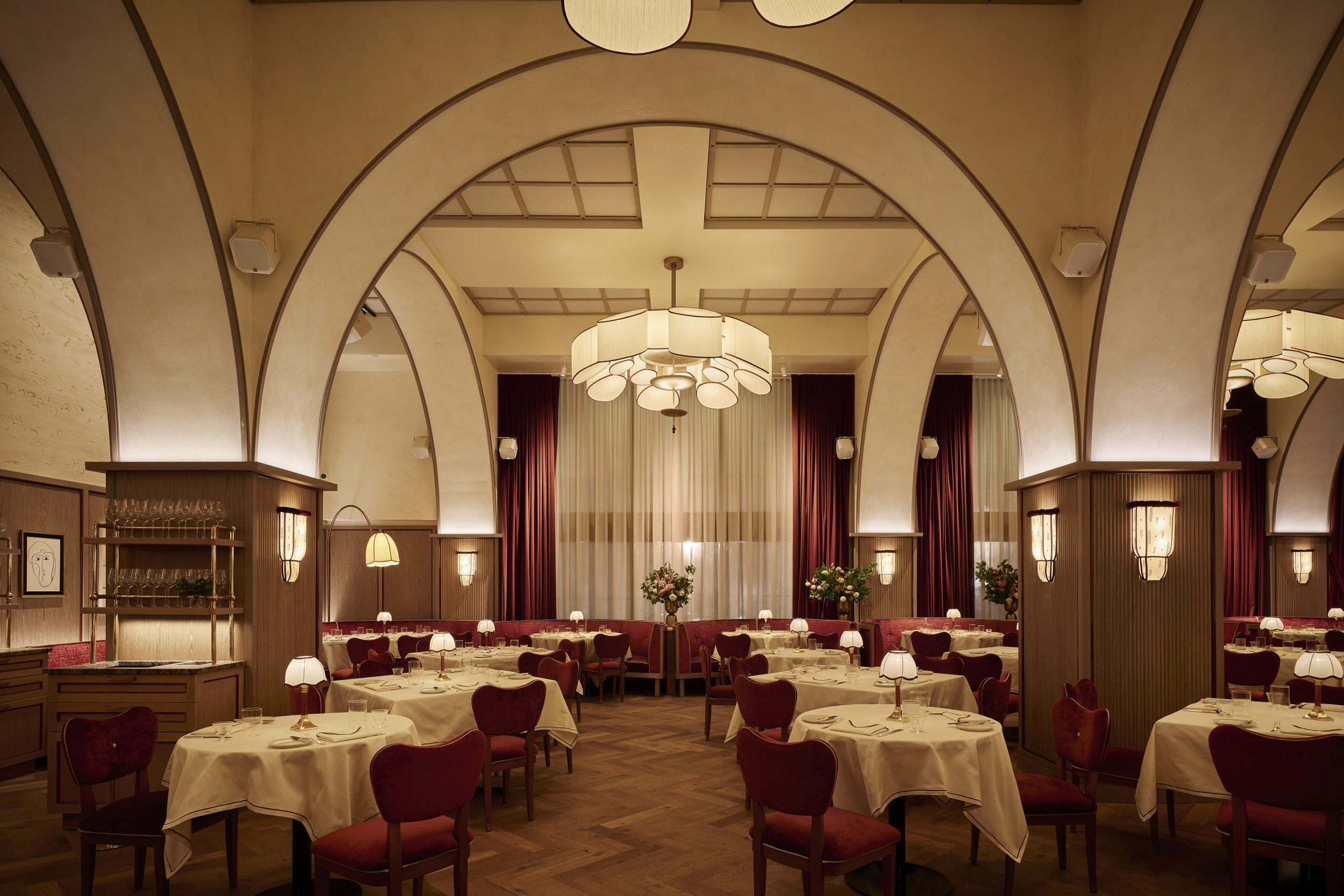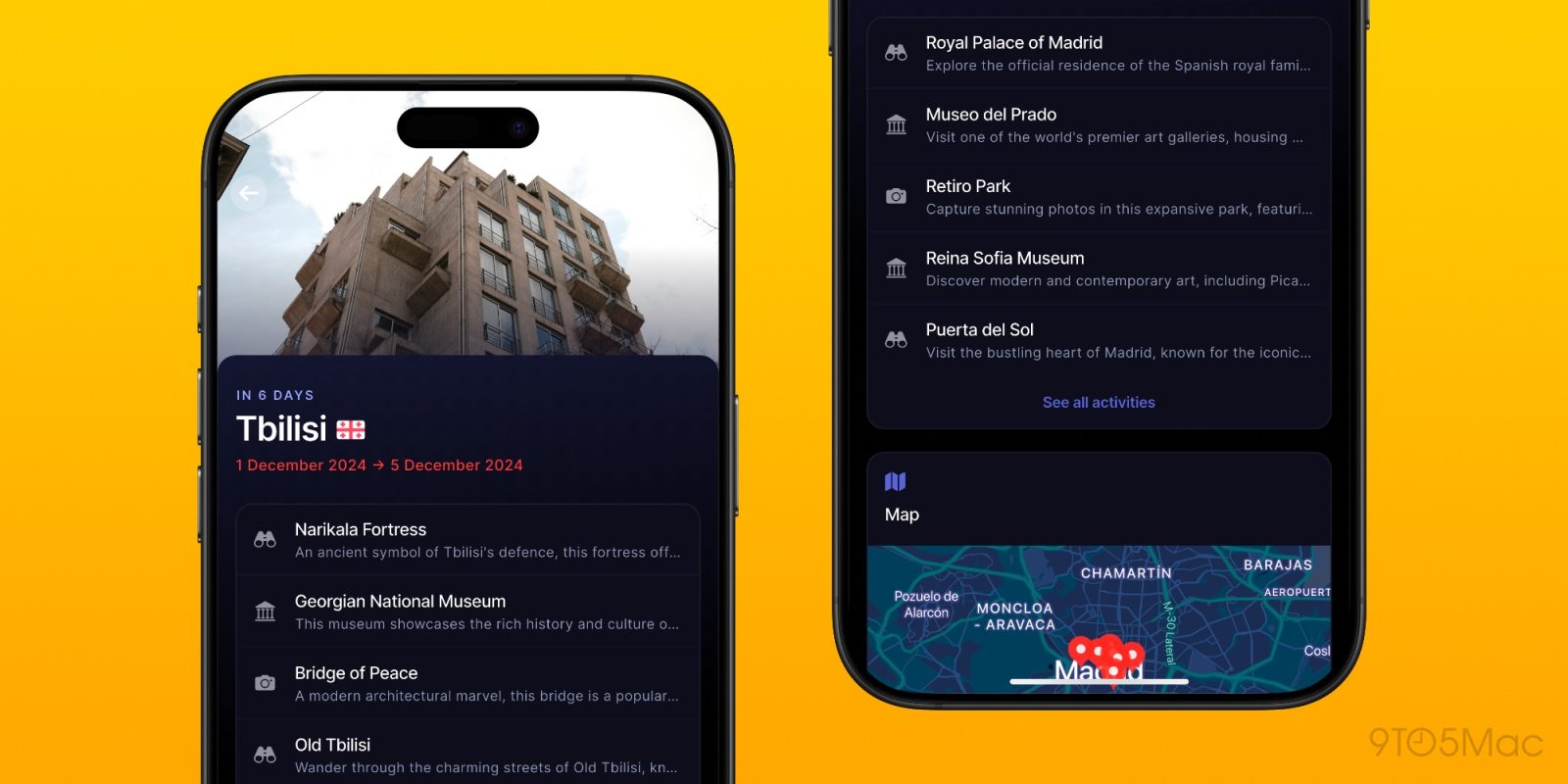When you think of Ireland, what's the first emblem of Irishness that springs to mind? I'm betting it's not the harp, Ireland's official national symbol, but more likely the shamrock, the shillelagh, or the Leprechaun. We take a look at some of the most well-known Irish symbols and explain how they came to be so, well, Irish. Let us know what your favorite Irish symbol is.
(Getty Images) Derived from the Irish word seamróg, meaning 'little clover,' shamrock refers to young sprigs of clover. It was coined by Edmund Campion, an English scholar in 1571 when he wrote of the 'wild Irish' people eating the plant. In fact, the Irish at that time included wood-sorrel as a herb in their diet, which looked quite similar to clover.
It is popularly believed that St. Patrick once used the clover in his preaching to symbolize the Christian Holy Trinity, although the first written account of this does not appear until Caleb Threlkeld wrote about it in 1726. The clover was a sacred plant of the Irish Druids, due to the cluster of its three heart-shaped leaves.
Three was a sacred number in Irish mythology, perhaps inspiring St. Patrick to 'Christianize' it in his teachings. The Metrical Dindshenchas, a collection of ancient poems dating back to the 11th century, known as 'the lore of places', indicates that the shamrock was important long before the arrival of St.
Patrick. Teltown (in Irish Tailten, named for Tailltiu who was Lugh Lámhfhada’s foster mother) was described as a plane cover.


















